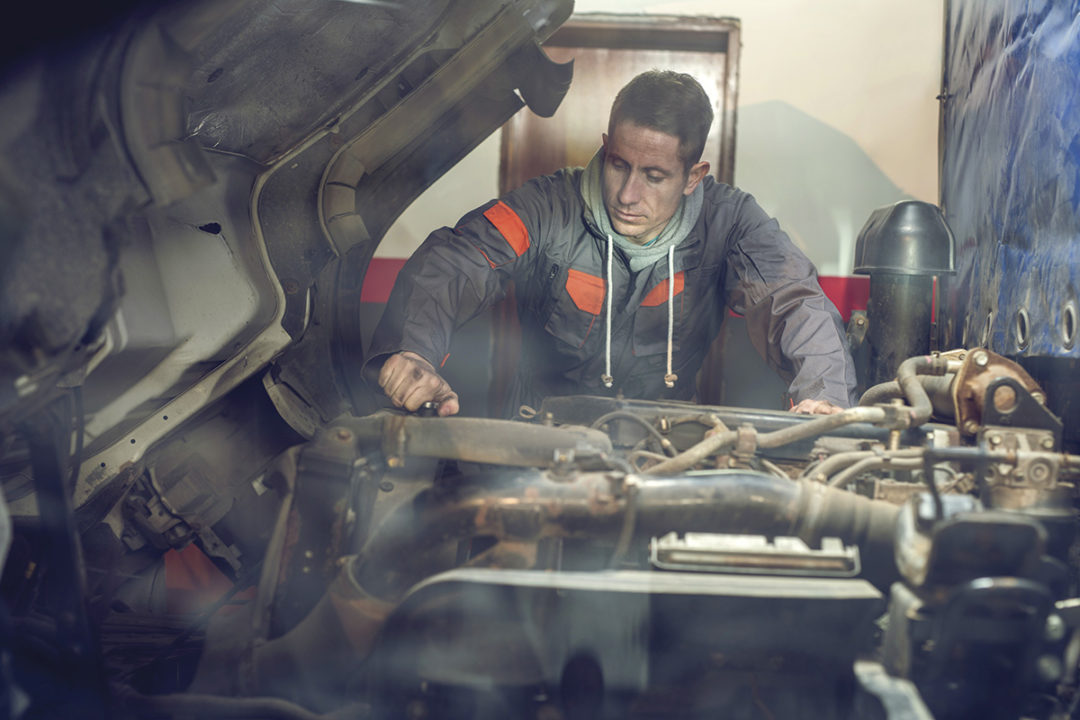Remember the old spiral fluorescent light bulbs? They were going to be the “solution” to the old incandescent bulbs that were soon to be phased out. Critics claimed the spiral bulbs contained hazardous materials and were going to be difficult to dispose of after their useful life expired. As for me, I stockpiled incandescent bulbs for one reason: I liked to be able to see.
My mom had one of the old spiral bulbs in the fixture outside her door. She would turn it on in the morning to signal us that she was up. In the dark of the early morning, we could see it burning. Other than its use as a marker light in the darkest part of the day, it was useless.
I still have several incandescent bulbs, only because I soon discovered the true solution to saving power and creating light … the LED. I have replaced just about every light on the farm and in the house with an LED bulb or fixture. The last light I installed in the farm office even has a selection switch to allow the installer to “program” the amount and color of the light emitted.
My greatest testimony to LED technology is my farm shop trouble light. Incandescent bulbs, even rough-service-rated bulbs, would sometimes blow at the first flick of the switch. The LED I replaced them with in 2006 is still on the job 17 years later. Expensive? To buy, yes, but in the long run, one of my greatest bargain buys.
The light comes on
By now, you are probably wondering why I titled this article to be about diesel power and used the first third of it to discuss lighting. I really think (at least hope) that we are about to turn the corner with diesel-powered engines as well.
Consumer responses to current diesel emissions found in Tier 4 engines have taken many forms. Some have gone away from diesel altogether, especially in farm pickups. New gasoline-powered engines have demonstrated that while they cannot match a diesel in overall torque and towing power, they can offer lower overall operational costs while minimizing any usable performance difference.
Still, diesel is the fuel of industry. From semi trucks to tractors to locomotives, diesel pulls America forward. At least, it does until emission issues arise. To be fair, emissions control systems and the troubles they can present have a lot to do with the overall use and upkeep of the vehicle as well as the quality of the fuel used.
Some have chosen to delete the emission systems on their trucks and tractors, but it should be noted this practice is illegal and can result not only in voiding the warranty but in hefty fines as well. One source claimed fines could reach up to $5,000 “per added/deleted part.” Ouch.
If you have been watching recent auctions where pre-emissions trucks are offered, you have no doubt noticed these vehicles can fetch huge prices. In a recent auction I followed, nearly every pre-emissions diesel-powered truck went for over twice its expected value.
That’s great news for sellers, not so great for buyers. As these trucks escalate in value, they also make new trucks more affordable. A warranty is a valuable thing to have if your truck is misbehaving and, as money tightens, the phrase “as-is” needs to be considered.
One of my college professors was an experienced, hands-on sage of wisdom. I often think about what he said over 40 years ago about “buying used.” “Always buy a used car and a new truck,” he flatly stated. “People will trade cars to stay in fashion, but a useful truck is something they will use until it starts giving trouble. If they are trading a truck off, there’s a reason – and if you buy it, you’ll find out why.”
While it's true that no DEF (diesel exhaust fluid) is needed for a pre-emissions truck, that will be a little consequence if the same truck is also “post-braking.”
That does not mean that every truck offered for sale has an issue. It simply means that you as the buyer need to do your research and then make your bid/offer accordingly.
Fuel additives
Fuel additives are touted as being helpful as well and there are literally hundreds to choose from. Not surprisingly, all claim to be the best. The diesel engines that power the pickups and SUVs we drive, and even certain machines, typically perform well with fuel that has a cetane rating of 48 to 50. Diesel with lower numbers has longer ignition delays that require more time for combustion to be completed.
Raising the cetane number is one of the fuel additive's jobs. It improves diesel's ignition speed and also acts as a lubricant, protecting fuel system components like pumps and injectors from failure due to premature deterioration.
There are two types of additives: anti-gelling and diesel stabilizer. Anti-gelling is just as it seems. These additives are designed to reduce the gelling that can take place in your fuel system due to extreme cold.
Stabilizers help to prevent the breakdowns that can take place in any automotive fluid. Fuels, especially those left sitting in a tank, can break down between cycles of hot and cold.
Either type of additive may be a great idea given your operational conditions. It would be even more effective if you do some research into where your fuel is purchased and issues that might be coming from the fuel source.
One thing is clear: Right now an overall, one-size-fits-all solution to diesel emissions is escaping us. In my years of experience, solutions that are policy-driven will eventually give way to technology-driven solutions, although recognizing a problem is a needed first step.
At least one manufacturer has announced plans to release clean-burning diesel engines that do not require diesel particulate fluid (DPF) (also called DEF) nor require additional sensors. It is reasonable to assume, if successful, other engine designers will follow suit.





.jpg?height=auto&t=1713304395&width=285)


